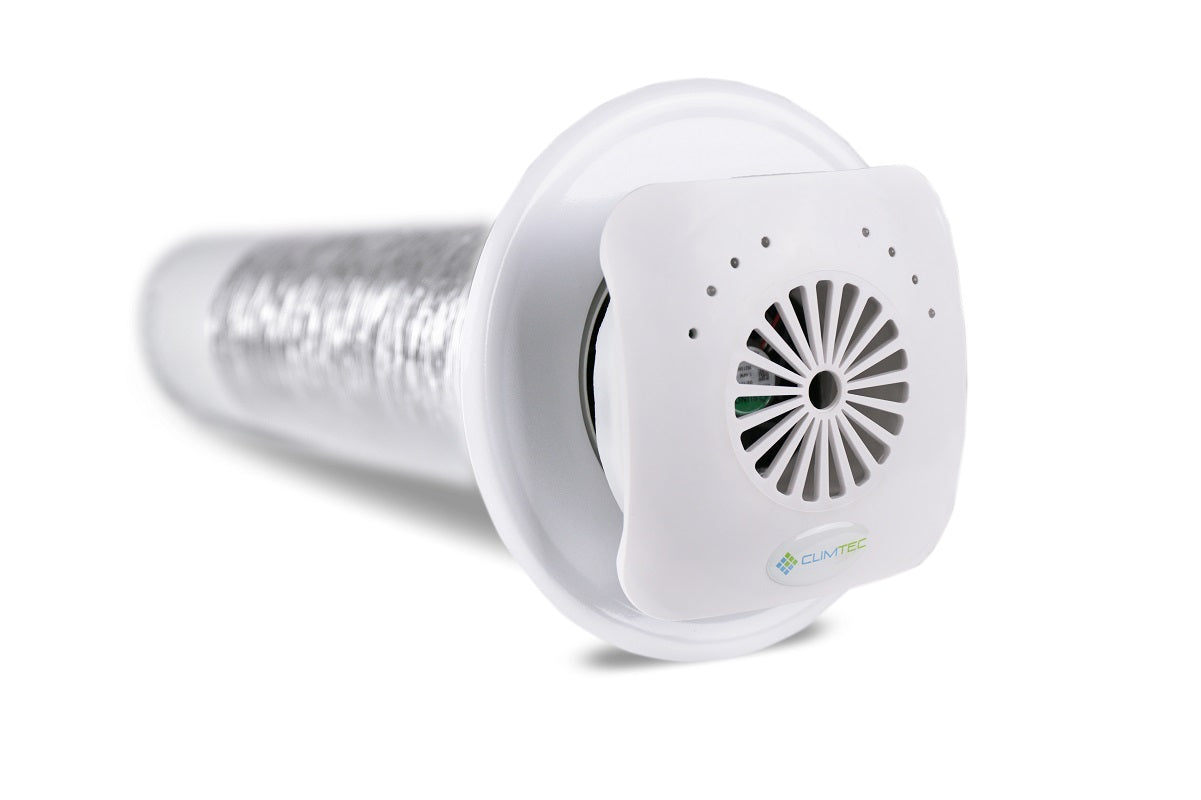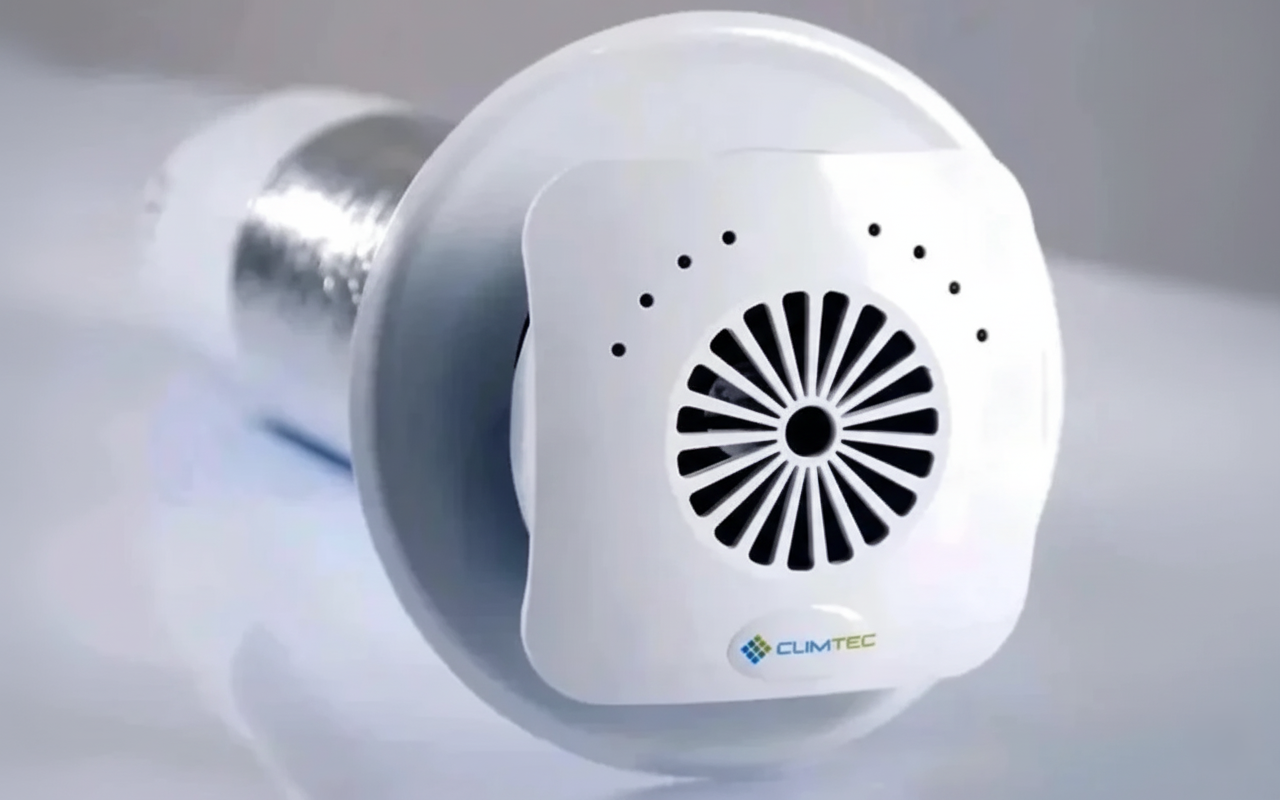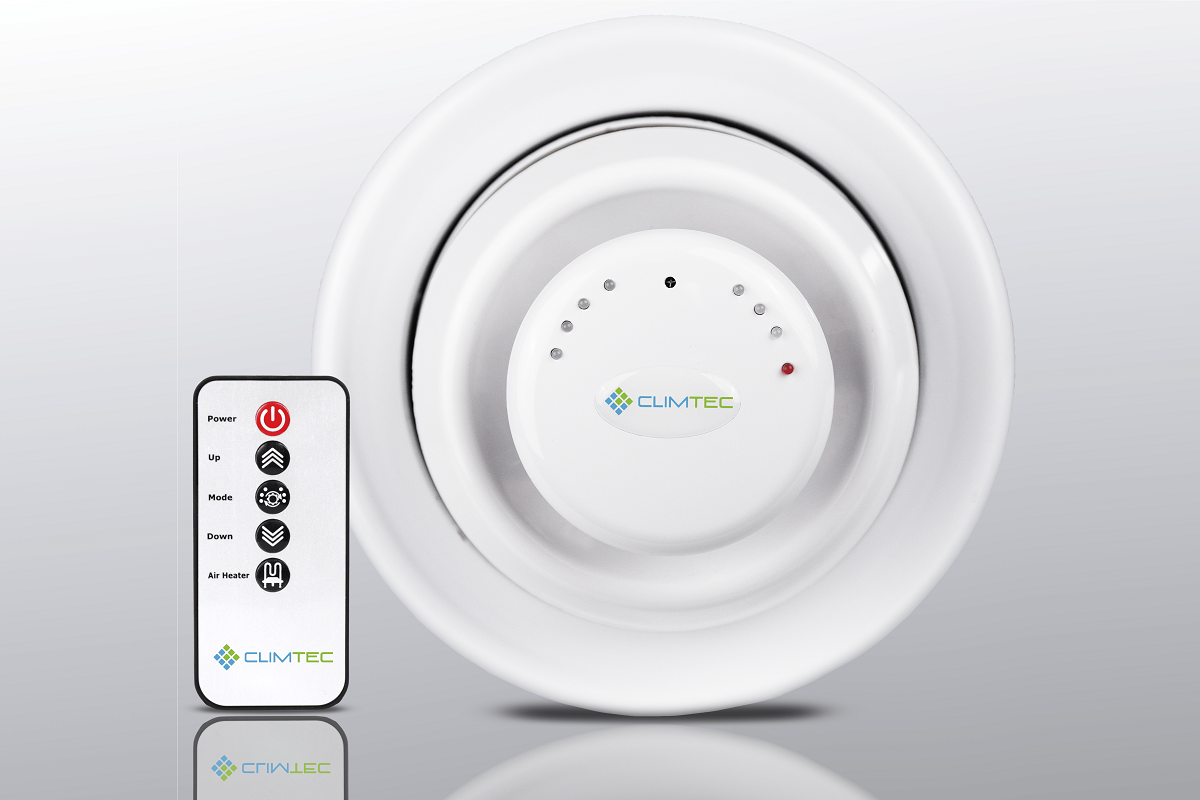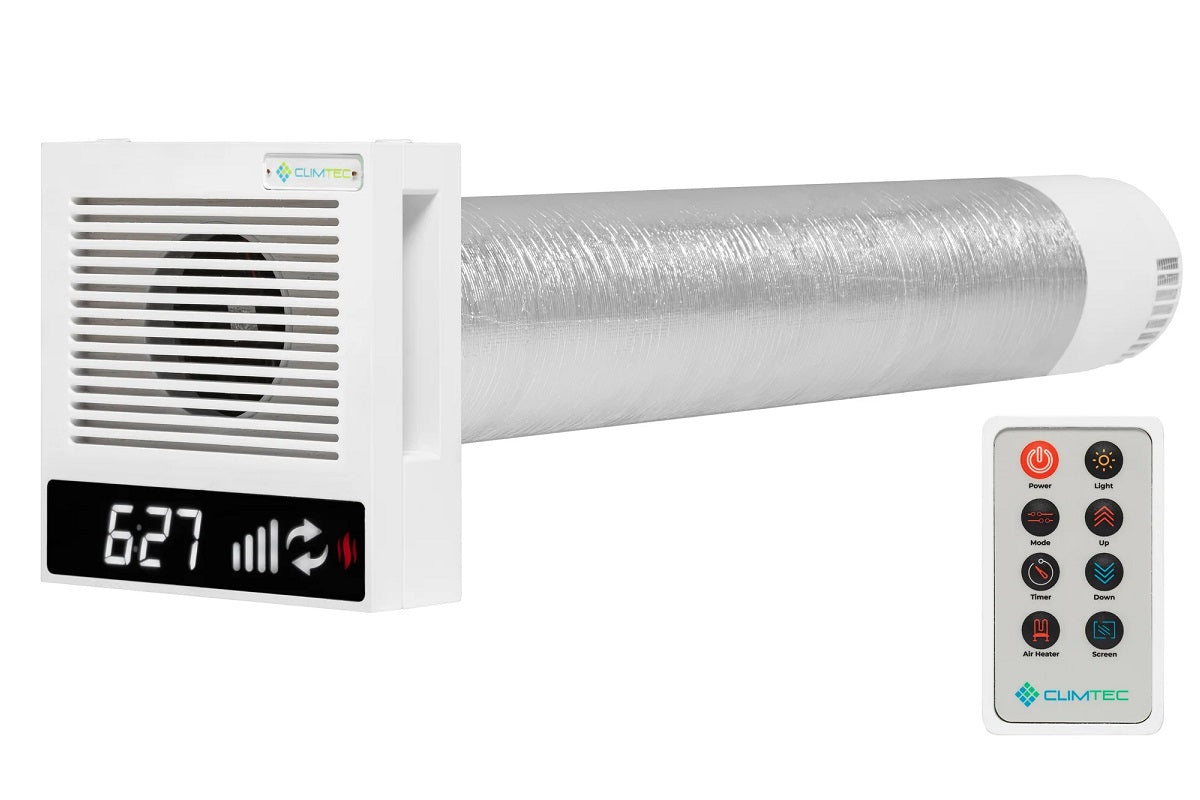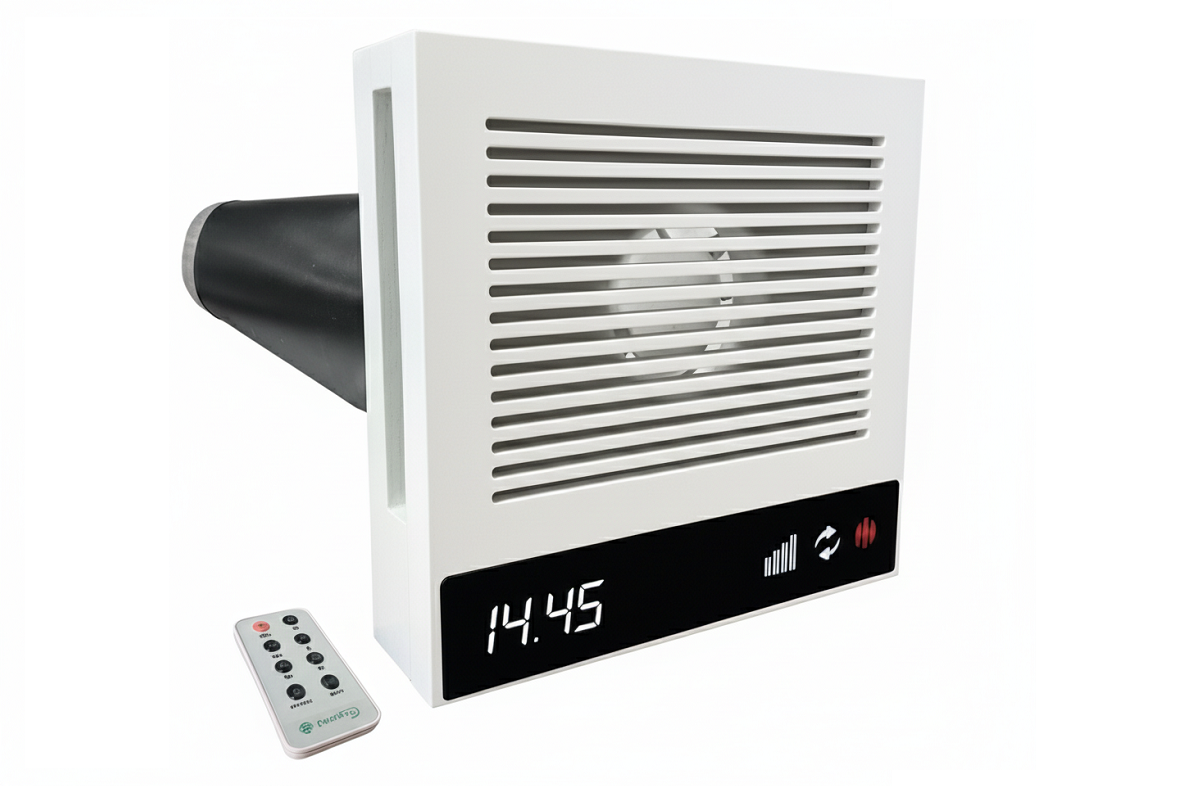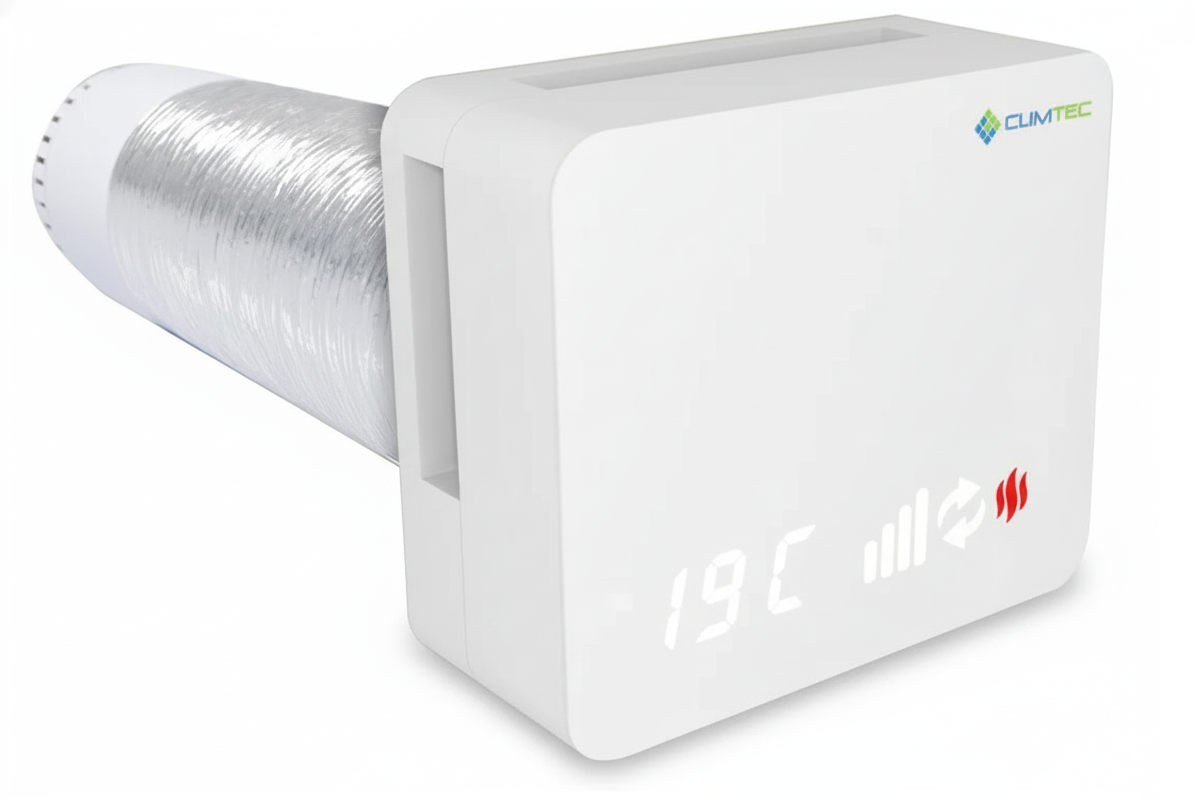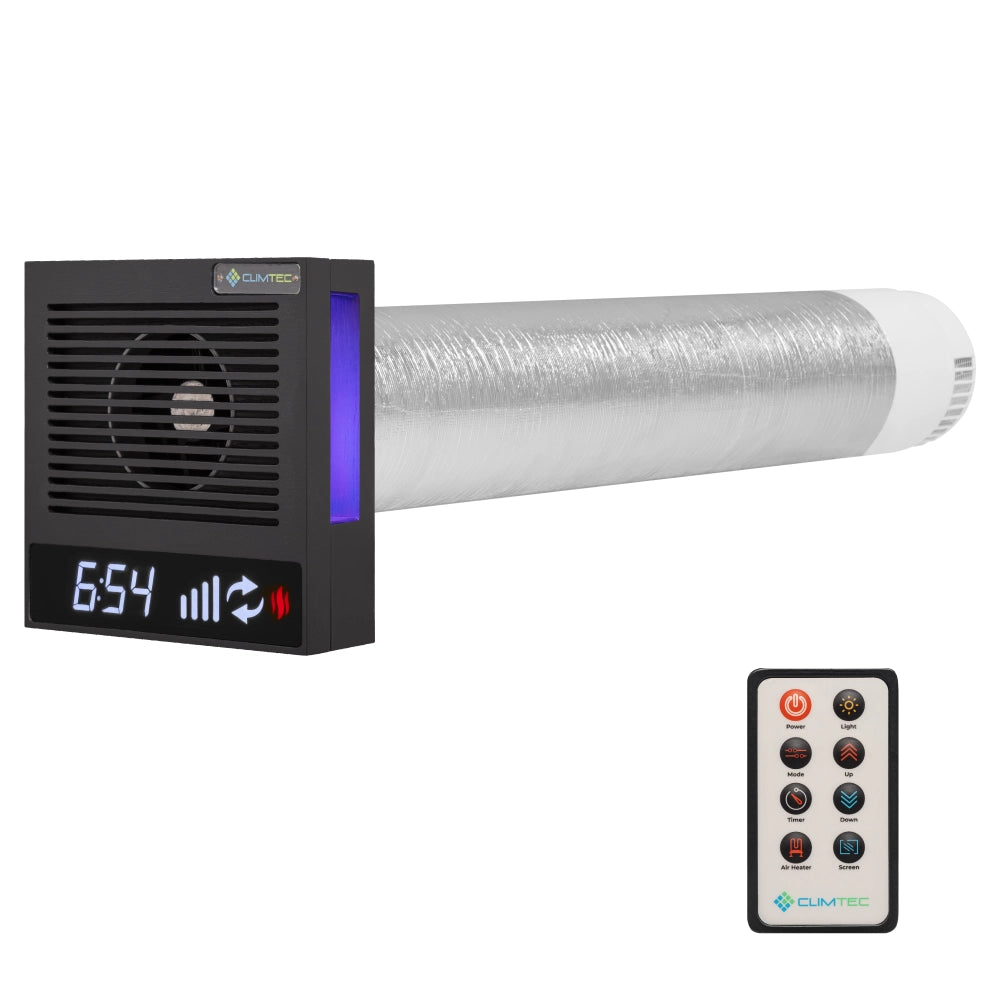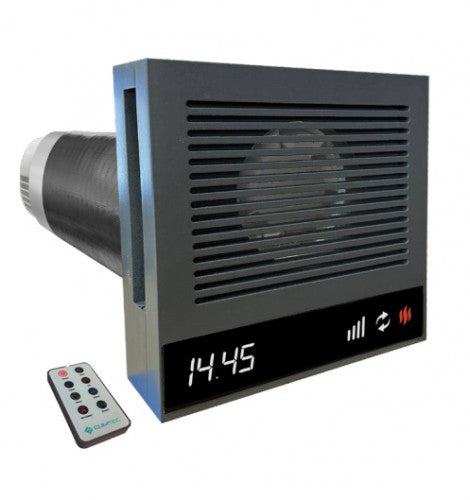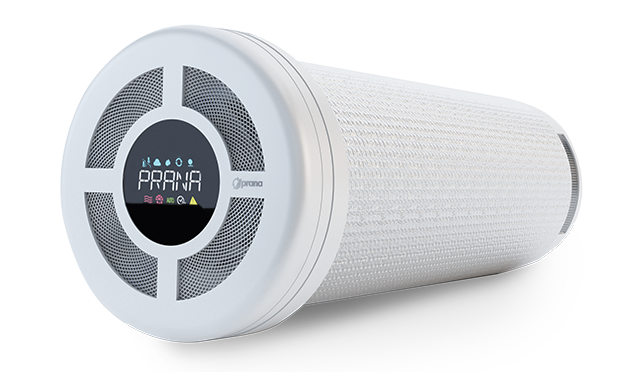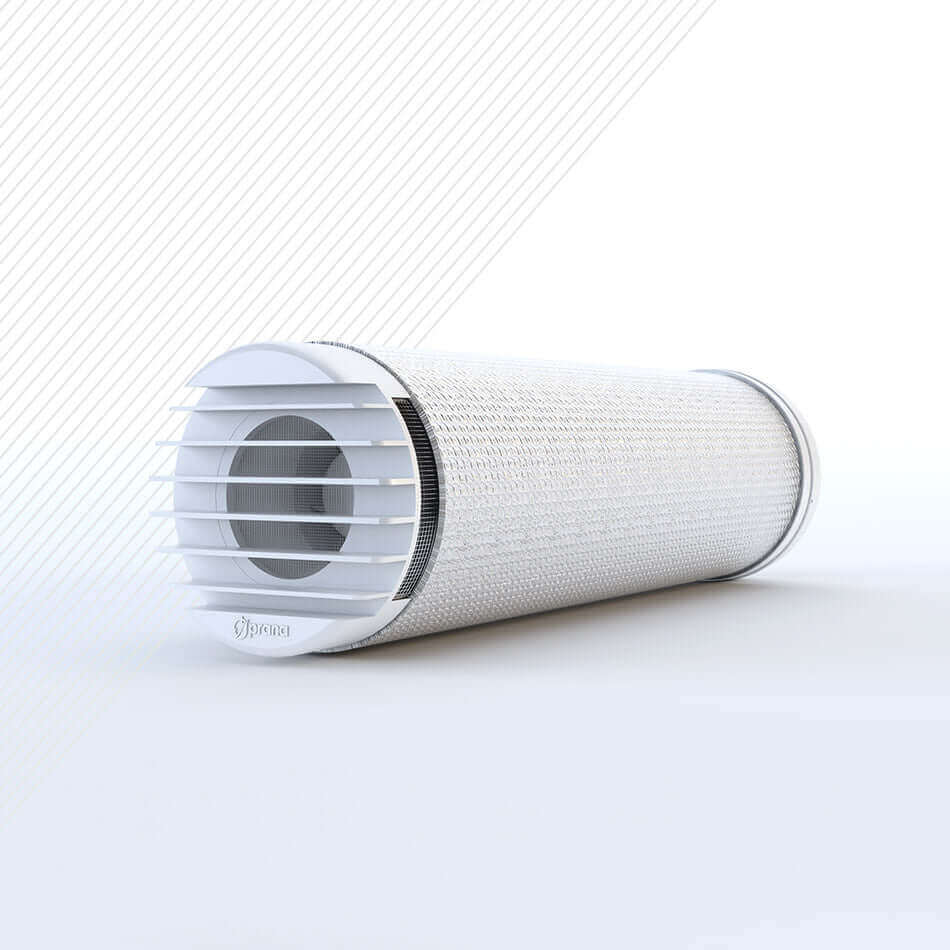Filters
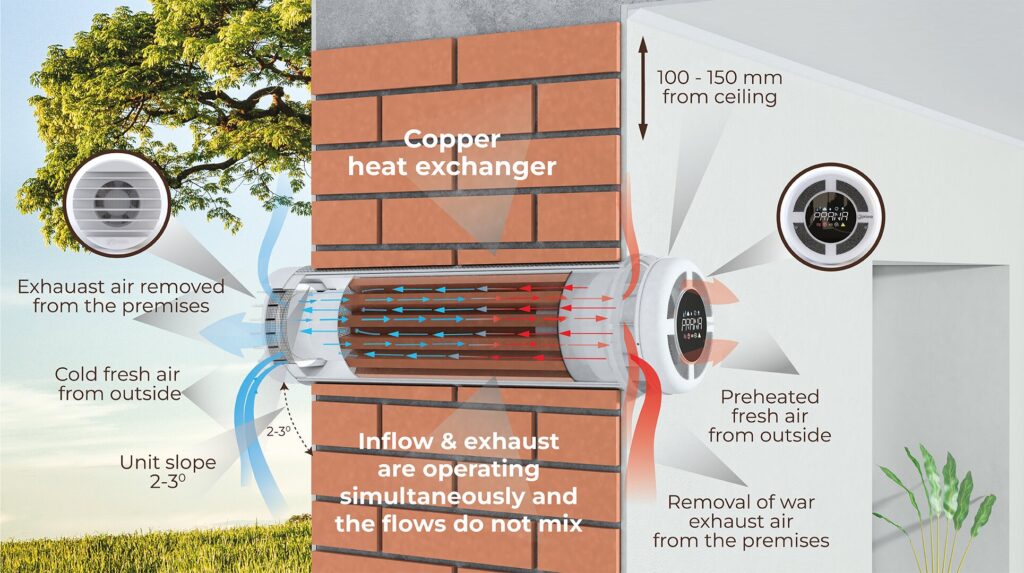
Ductless heat recovery ventilation system
What Is a Ductless ERV and How Does It Work?
A ductless energy recovery ventilator is a self-contained unit that exchanges stale indoor air with fresh outdoor air, while transferring heat (and sometimes moisture) between the two airstreams. The key difference? No need for a central duct system. Each ductless heat recovery ventilator operates independently, making it ideal for retrofits, individual rooms, or any home where duct installation is impractical or undesirable.
These units typically fit through an exterior wall and use a ceramic or aluminium heat exchanger to capture warmth from outgoing air. When outdoor air is drawn in, it passes through this exchanger and gets pre-warmed (or pre-cooled) depending on the season. The result? Energy-efficient ventilation with no heat lost to the outside. Many ductless HRV models also include filtration, timer functions, and humidity sensors for fully automated indoor air control.
Benefits of a Ductless Ventilation System
One of the biggest advantages of a ductless HRV system is simplicity. Installation typically requires just a single core hole in the wall, a power connection, and a few screws — that’s it. No ceiling cavities, no duct routing, no architectural disruption. This makes ductless ventilation systems especially appealing for listed buildings, compact flats, extensions, and garden studios.
In addition to being easy to install, ductless systems are cost-effective to run. Their fans are ultra-efficient and whisper-quiet, making them suitable for use in bedrooms and living areas. The compact design also means maintenance is straightforward — filters are accessible from the front and usually washable or replaceable without tools. For many homeowners, the combination of fresh air and reduced energy loss makes the ductless heat recovery ventilation system an easy upgrade with long-term benefits.
Choosing the Best Ductless HRV or ERV System
When shopping for the best ductless ERV, consider the room size, desired airflow rate, and energy recovery efficiency. Some models prioritise heat transfer (HRV), while others also regulate moisture (ERV) — ideal for humid areas like bathrooms and kitchens. Smart features like remote control, mobile app integration, and automatic boost modes can enhance usability and comfort.
Also worth noting: the appearance of the unit. Today’s ductless HRV units are often sleek and minimal, designed to blend into modern interiors. Wall-mounted options can be placed high on the wall or integrated discreetly into existing layouts. If you need a versatile, low-profile way to ventilate one or more rooms, a ductless heat recovery ventilator offers the right mix of form and function — without compromise.


